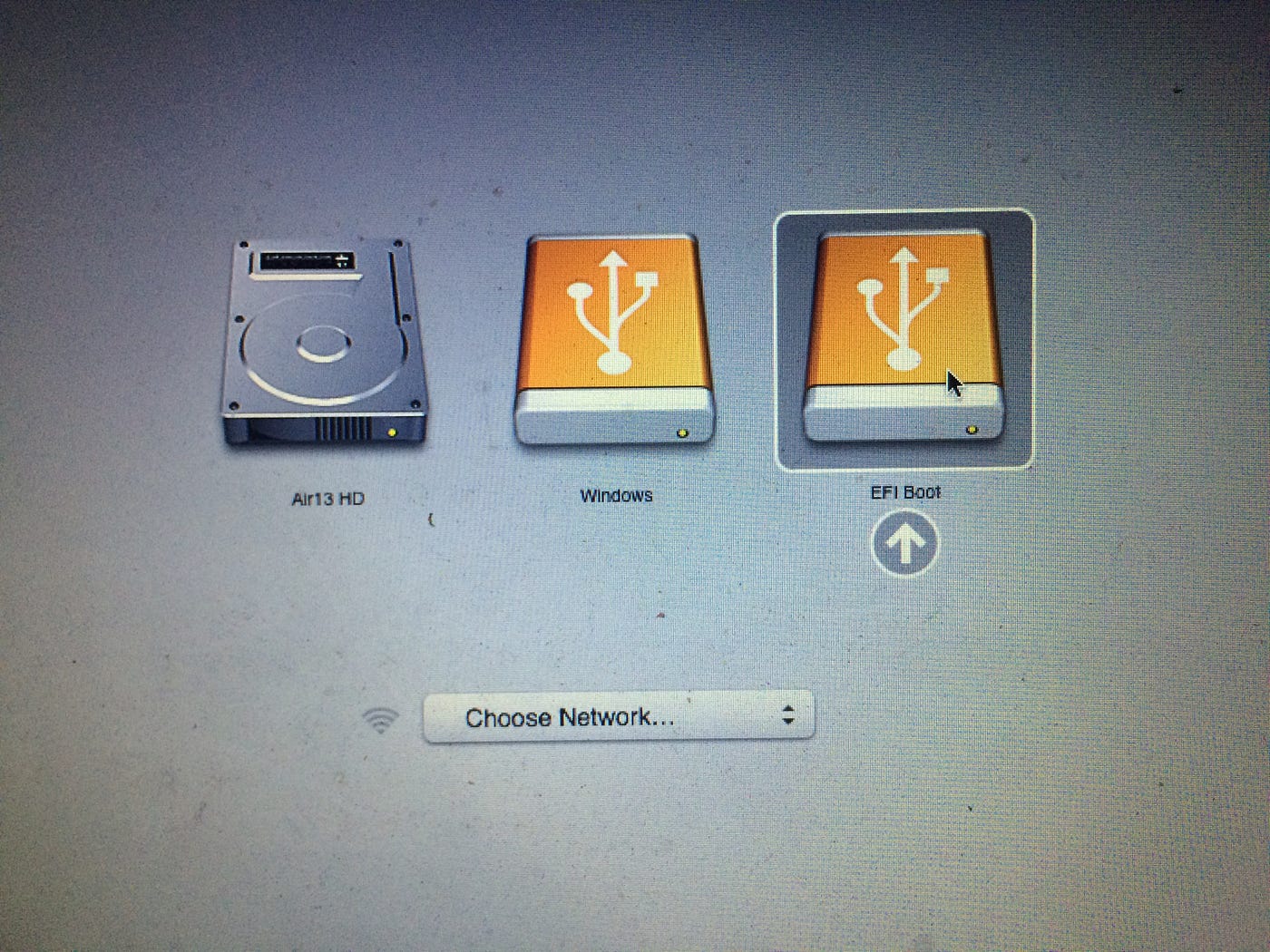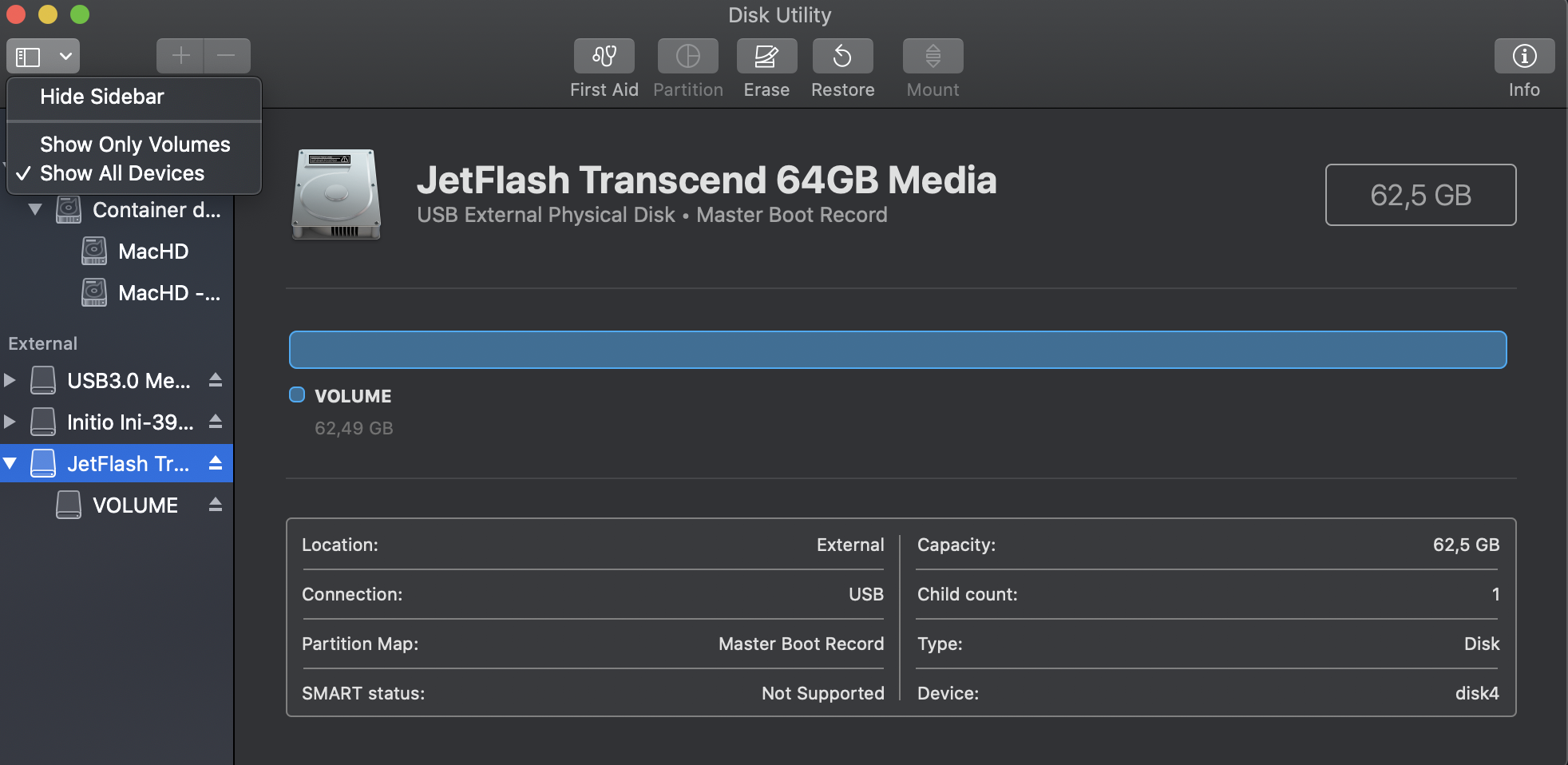

- MAKE UBUNTU USB STICK FOR MAC INSTALL
- MAKE UBUNTU USB STICK FOR MAC PORTABLE
- MAKE UBUNTU USB STICK FOR MAC FREE
- MAKE UBUNTU USB STICK FOR MAC MAC
In the interim, Legacy or UEFI variants are recommended. NOTE: A YUMI exFAT variant is still in the works. Distributions can also be uninstalled using the same tool! This tool works much like Universal USB Installer, except it can be used to run more than one distribution from your Thumb Drive. YUMI Multiboot Bootable USB Flash Drive Creation If you find a distribution where the installer does not work, please let me know.
MAKE UBUNTU USB STICK FOR MAC INSTALL
Though YUMI was originally intended to be used to store and run various “LIVE Linux” Operating Systems and tools from USB, using it to install Linux from a Flash Drive to a Hard Drive should work with most distributions.
MAKE UBUNTU USB STICK FOR MAC PORTABLE
Files are generally stored within the Multiboot folder, making for a nicely organized Portable Multiboot USB Drive that can still be used for traditional storage purposes. Which were amongst the first tools made for the purpose of creating a USB bootable flash drive. We’ve already had one person in the comments nuke their system because they discounted the importance of those instructions, and I would very much like to avoid making it two people.YUMI is the recommended successor to our Universal USB Installer and older MultiBoot ISOs tools. I would even recommend booting into the clone once to make sure it can save you in the event of an emergency. That’s why creating a disk clone is NOT OPTIONAL before beginning this process. You just always want to be EXTREMELY careful when partitioning your boot drive, because if something goes sideways, you’ve just nuked your whole OS. Regardless of whether you create the space for the Ubuntu installation in Disk Utility or in the Ubuntu installer itself, make sure to exercise necessary caution. The tools in macOS are more user-friendly than those in the Ubuntu installer, so we’re just “pre-staging” the formatting so we can grab it more easily during the install process.

The whole purpose of creating the partition is really to make a separate chunk of the disk in macOS rather than the Ubuntu installer. Then, you’ll erase the partition during the Ubuntu installation and reformat it as ext4 as part of the Ubuntu installer steps. While that tends to work best, you could also format the partition as ExFat, HFS+, or maybe even APFS, though I haven’t tested that myself.
MAKE UBUNTU USB STICK FOR MAC FREE
Since you’ll be turning the partition into free space when you install Ubuntu, the partition does not need to be created as MS-DOS (FAT) from within macOS.

If you read further down the guide, you might notice that the exact format of the partition in macOS doesn’t matter. What is preventing you from creating a partition on your hard drive? If Disk Utility is throwing an error, you can also try to format the disk using Terminal’s diskutil tools, which tend to be more reliable but harder to operate: Click through the remaining steps to create your user and finish the installation. Choose the ext4 partition under “device for bootloader installation.”Ĩ. Set “Use as” to “Ext4 journaling file system.” Set the mount point to “/.”ħ. Create another new partition with the “+” button. Set the size to 4000 MB and “Use as” to “swap.”Ħ. With the free space selected, click the “+” to create a new partition.ĥ. Select the partition you created earlier. At the installation selection screen, choose “Something Else” from the bottom.ģ. Connect to your wireless network (if you can) and choose to install third-party software.Ģ. Select your USB drive in rEFInd to boot from it.ġ. With all that accomplished, we are finally ready to install Ubuntu on our Mac! Unfortunately, high-quality screenshots were not available for these steps. If you encounter trouble, you may need to either use Terminal to partition the drive instead or clear Time Machine snapshots. Click “Apply,” then “Partition” to execute. This will be erased by the Ubuntu installer.Ħ. Choose “MS-DOS (FAT)” for your partition type. Click the “+” button to add a partitionĥ. Click “Partition” in the dialog box to confirm.Ĥ. Select your boot disk in the sidebar and click the “Partition” button.ģ. Open Disk Utility from the “/Applications/Utilities” folder.Ģ. If we want to dual boot macOS and Ubuntu from the same hard drive, we’ll need to make a partition for Ubuntu with Disk Utility.ġ. Resizing the Boot Partition with Disk Utility
MAKE UBUNTU USB STICK FOR MAC MAC
Reboot your Mac to ensure rEFInd is operational.


 0 kommentar(er)
0 kommentar(er)
